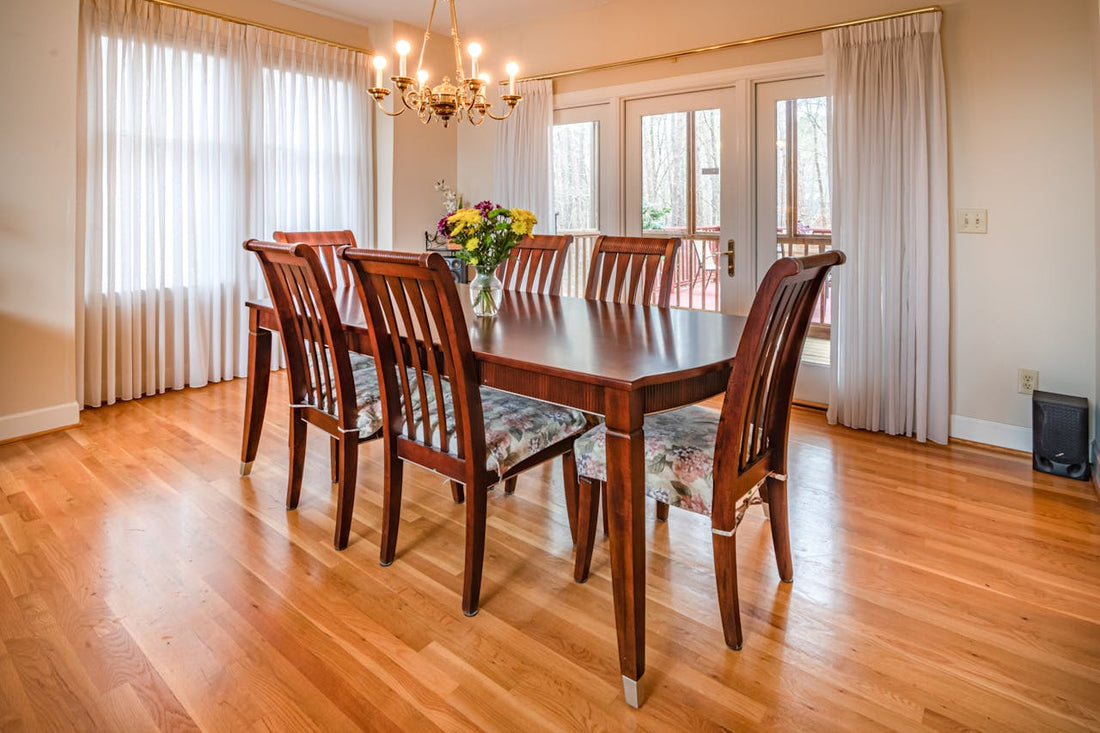Let’s be honest—squeaky floors can drive you mad. One moment you’re tiptoeing through the hallway trying not to wake anyone up, and the next… creak. It always seems to happen in the quietest part of the night too, doesn’t it?
Whether you’re dealing with a single loud spot or your entire floor sounds like it’s complaining, there’s usually a straightforward reason behind it—and, thankfully, a few ways to sort it out.
Why does my floor creak when I walk on it?
Floors squeak because something’s moving that shouldn’t be. Over time, wood can shrink, shift, or pull away slightly from whatever it was fixed to—especially if the humidity in your home changes a lot with the seasons.
Sometimes it’s the floorboard rubbing against a nail. Other times, it’s the board shifting against the joist underneath. That movement creates friction, and friction makes noise. It doesn’t mean your floor is falling apart—but it’s definitely asking for a bit of attention.
What’s usually behind all the squeaking?
In many instances, it boils down to wood grinding against wood. That might be the board positioned against the joist, or two boards moving against one another when pressure is exerted. If your floor is secured with nails rather than screws, those nails might become loose enough to cause the board to lift and lower a bit as you walk. Even properly fitted boards can eventually make noise—it’s simply the characteristic of wood.
Throughout the years at UK Flooring Depot, we've encountered a wide variety, ranging from century-old oak boards to newly fitted engineered planks with a rebellious attitude. Regardless of age, squeaks typically result from motion and friction.
How can I get my floor to stop squeaking?
There’s no one-size-fits-all fix, but a few common tricks can go a long way.
1. Track down the noisy spots
Walk across the floor slowly and mark any areas that squeak. Do it barefoot—you’ll hear (and feel) the problem more clearly. Sometimes it’s just one board, sometimes it’s a cluster. Knowing where the sound’s coming from makes the next step a lot easier.
2. Tighten things up
If you’ve got access to the floor from underneath, like from a basement or crawl space, you can screw directly through the joist into the floorboard above. It doesn’t need to be tight enough to pull the board down—just enough to stop it moving.
If that’s not an option, you can try using screws from the top side. Use small ones that won’t split the wood, and make sure you fill the hole neatly to keep the surface looking clean.
3. Try a dry lubricant
If the boards are rubbing together but not actually loose, a bit of talcum powder brushed into the gap can help. It gets between the boards and softens the friction. It’s not a permanent fix, but it can quiet things down without much effort.
Will WD-40 stop squeaky floorboards?
Short answer: probably not. While it might help reduce noise for a little while, it’s not made for wood flooring. It can soak into the timber, affect the finish, and make any future repair or re-coating a real pain. Stick to dry lubricants if you're going the quick-fix route.
Squeaky floors are one of those things people often put up with, but they don’t have to. Most of the time, the fix isn’t too complicated. Whether it's a few loose boards or a subtle shift in your subfloor, dealing with it early on can save a lot of frustration.
At UK Flooring Depot, we’ve worked with all types of wood floors over the years, and if there’s one thing we know—it’s how to keep them feeling solid and sounding quiet. If your floor’s starting to sound like it has something to say every time you walk across it, we’re here if you need a hand.





